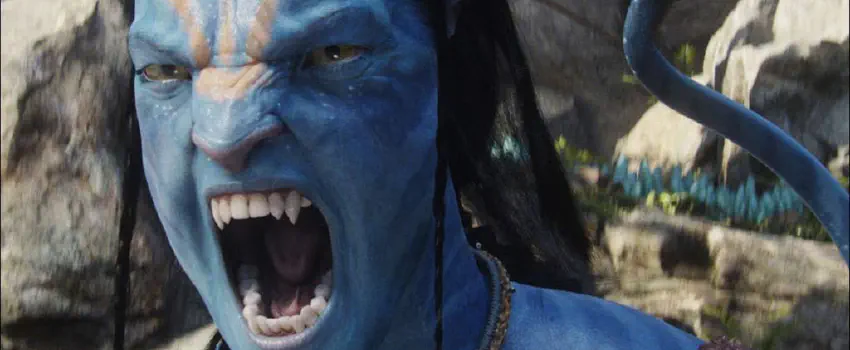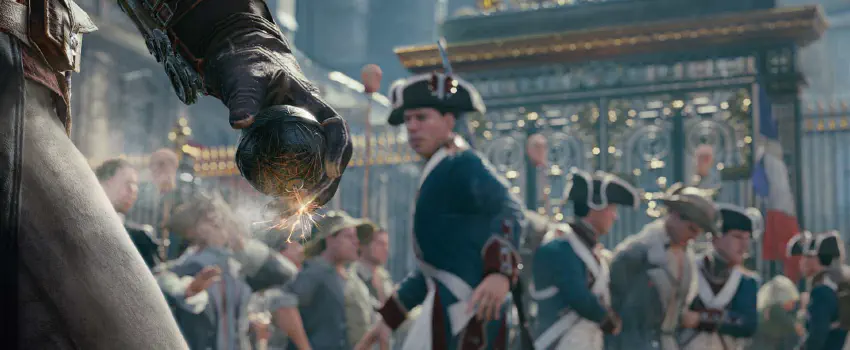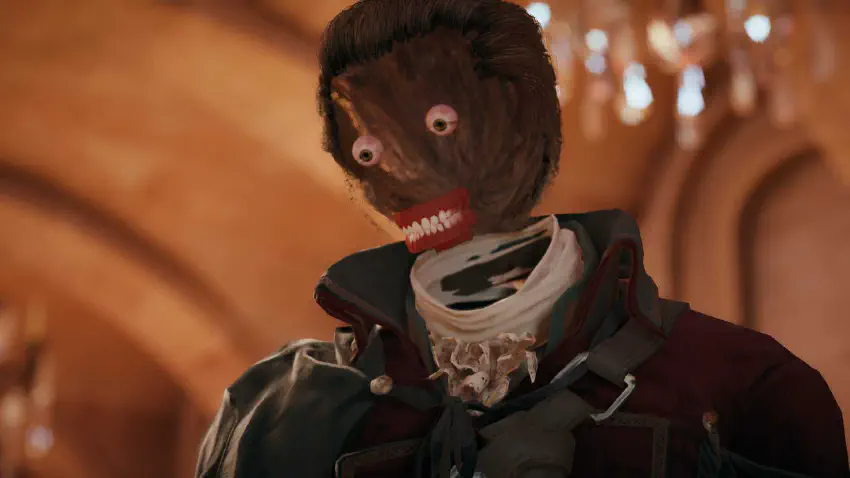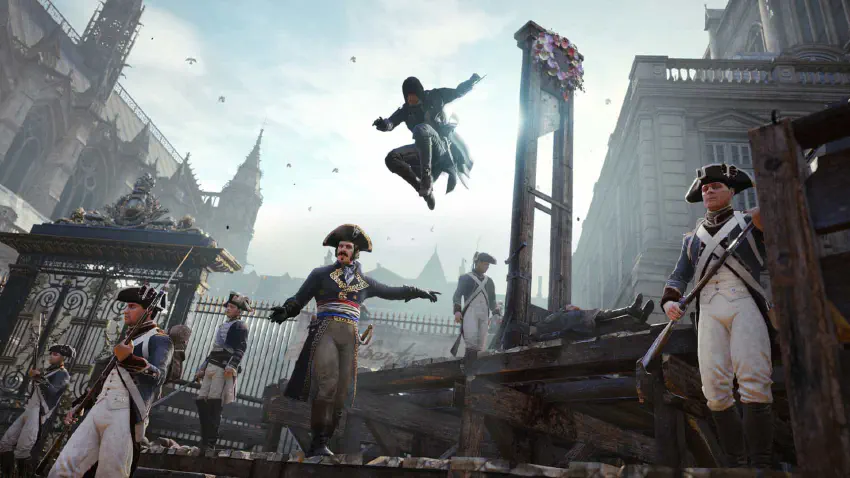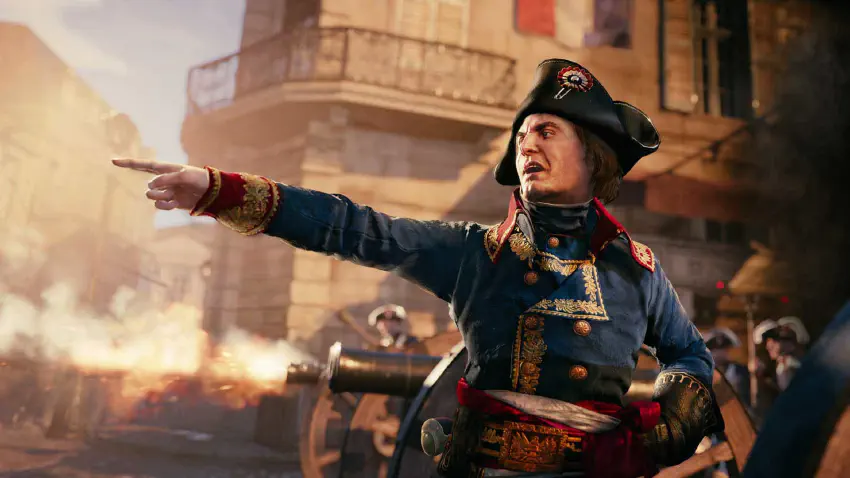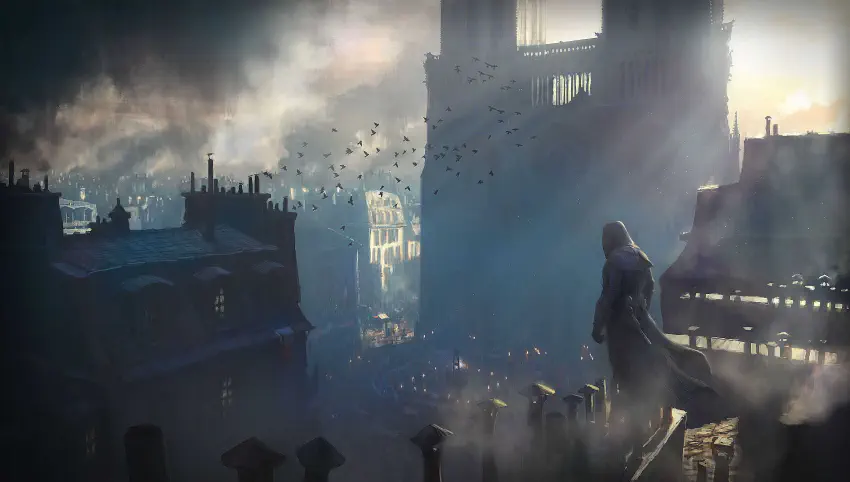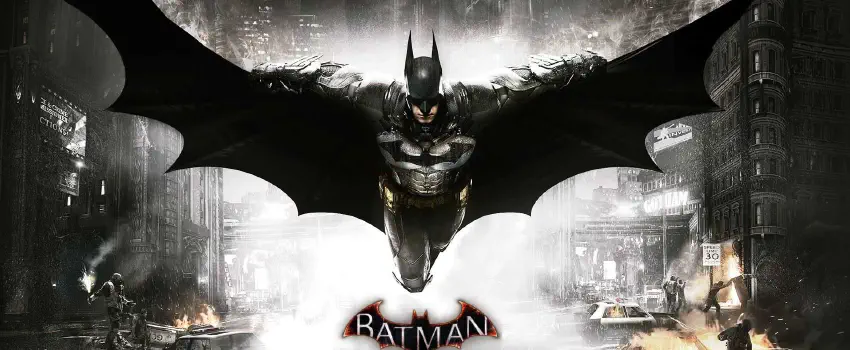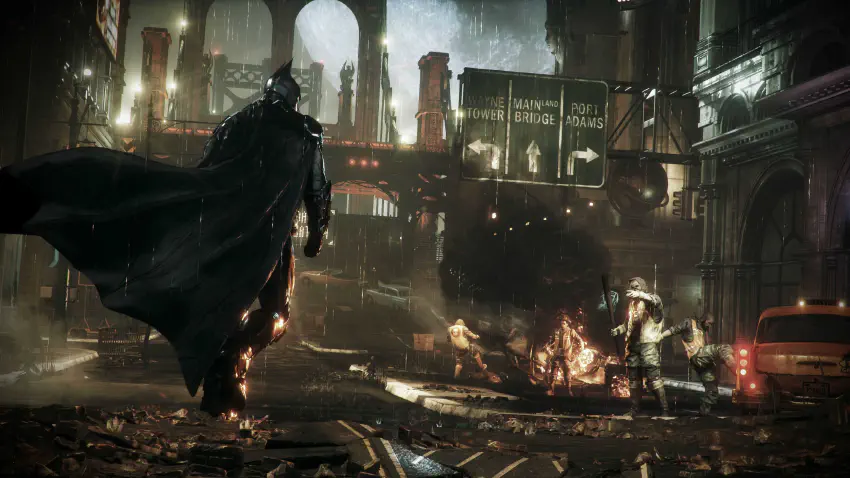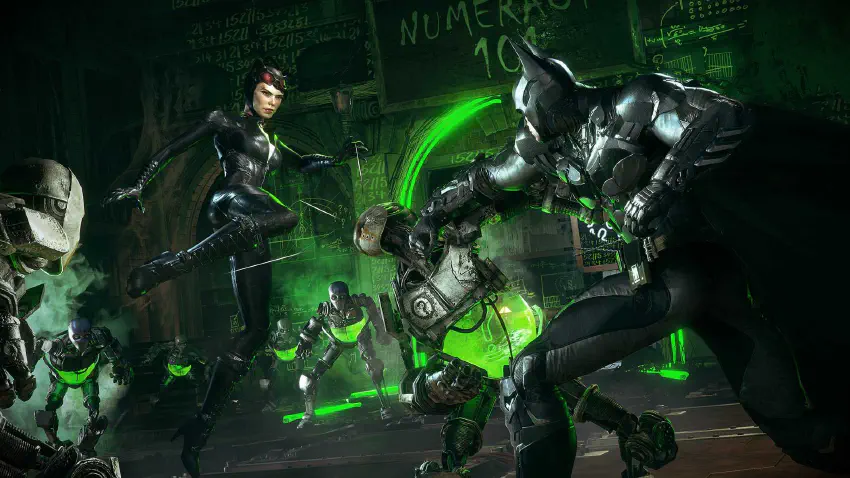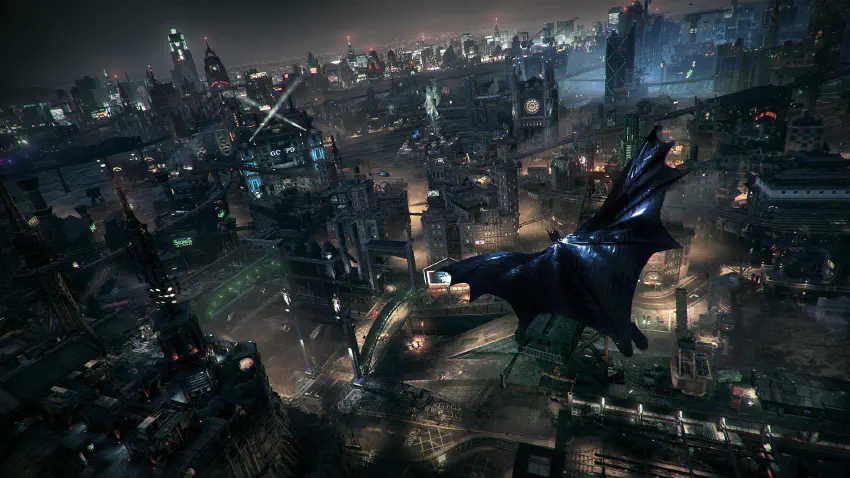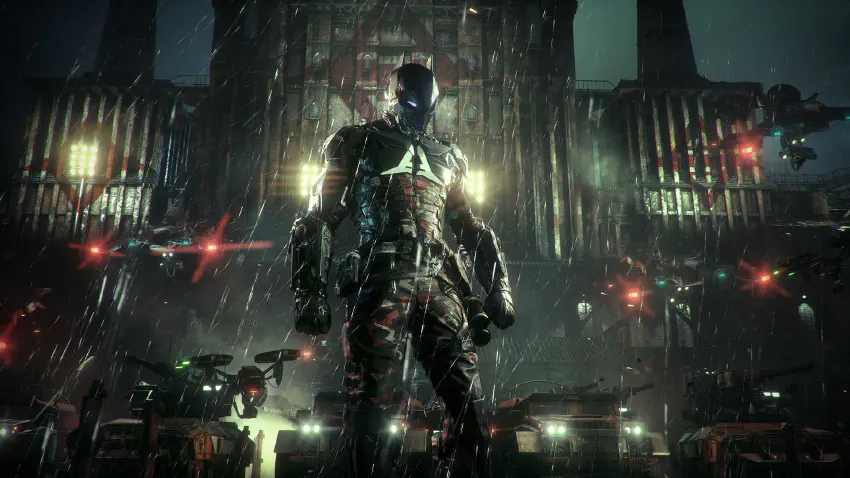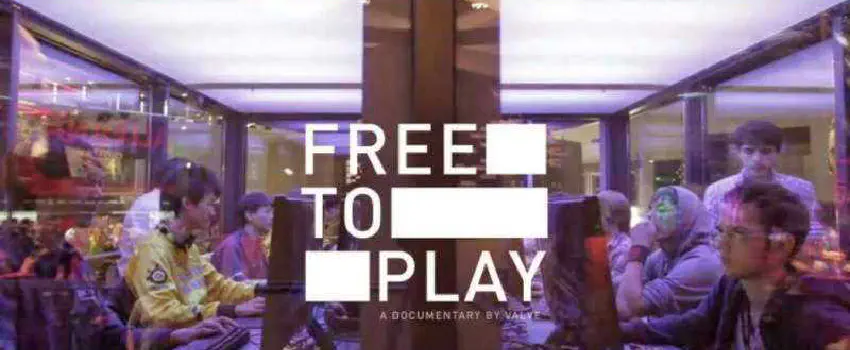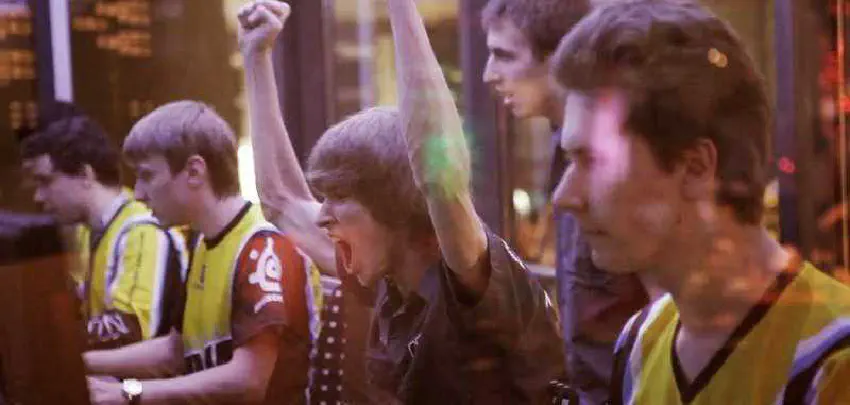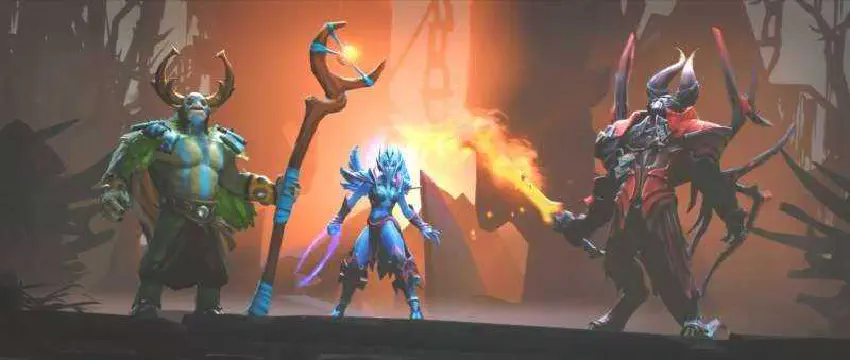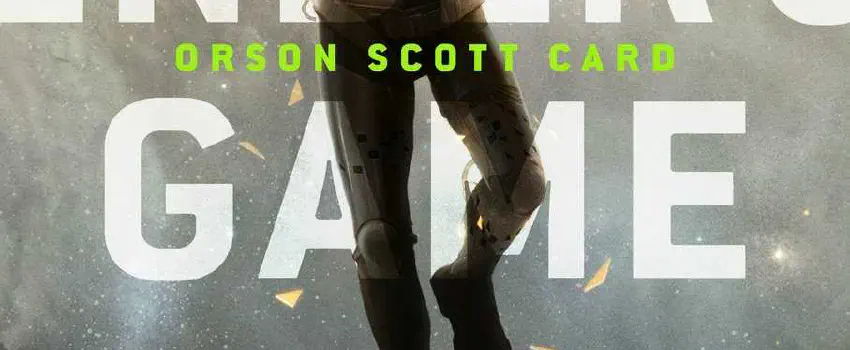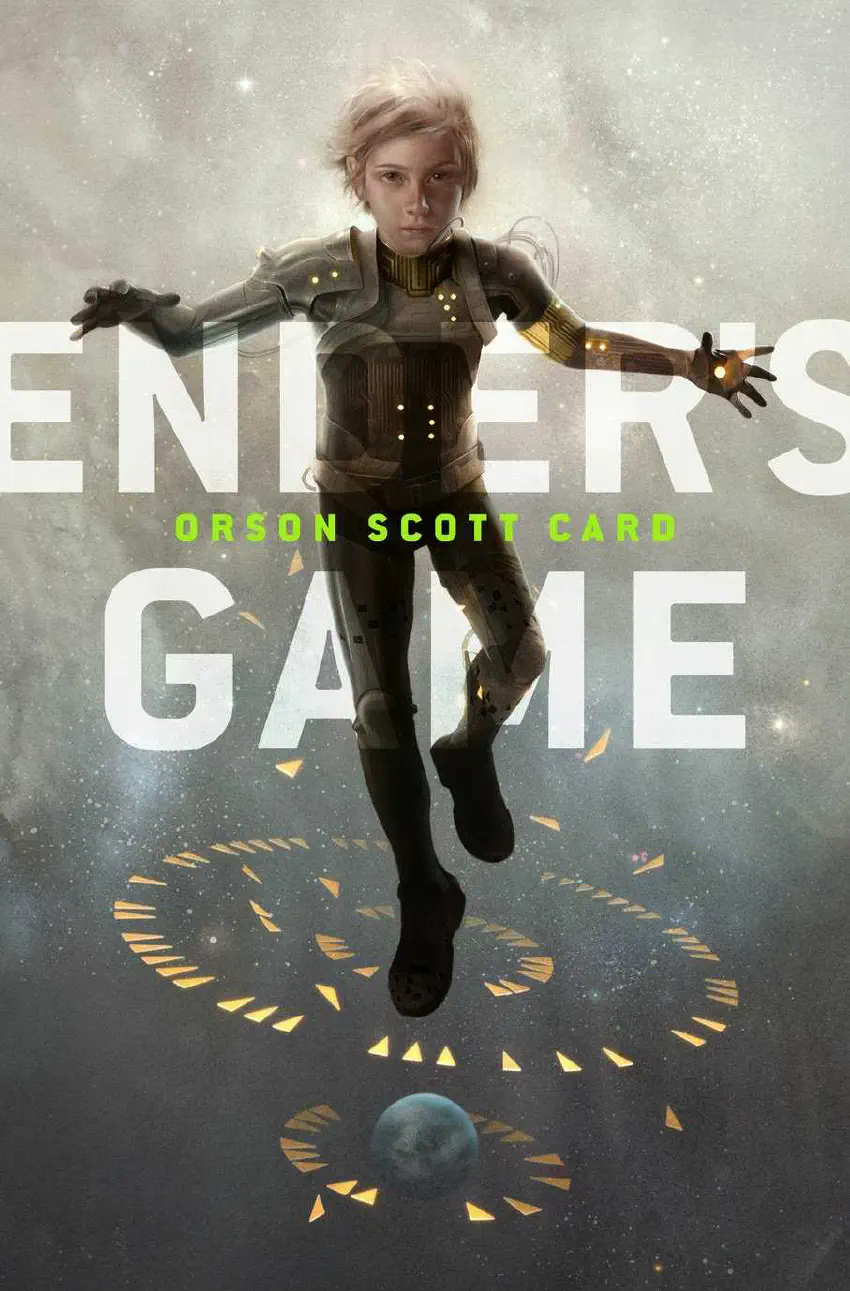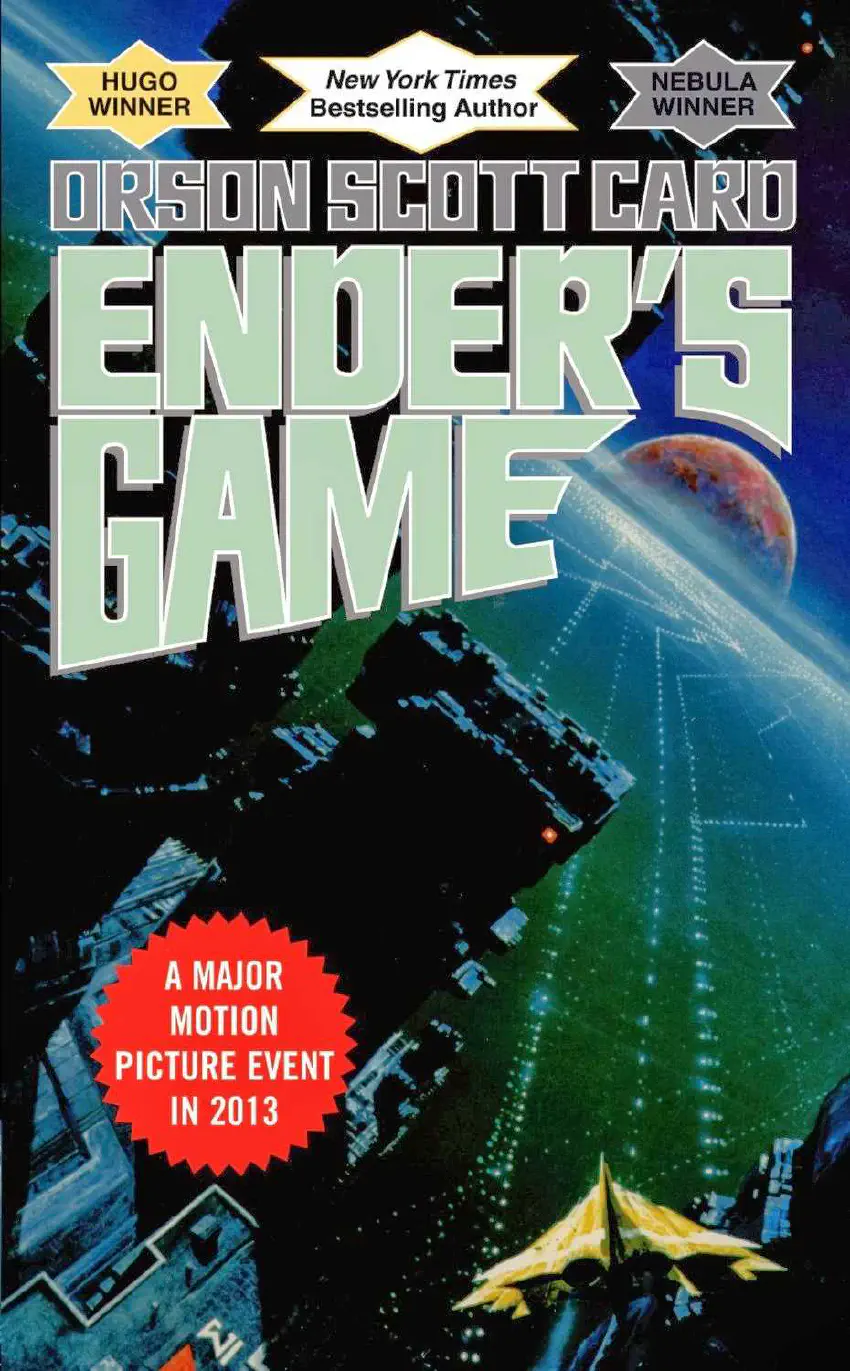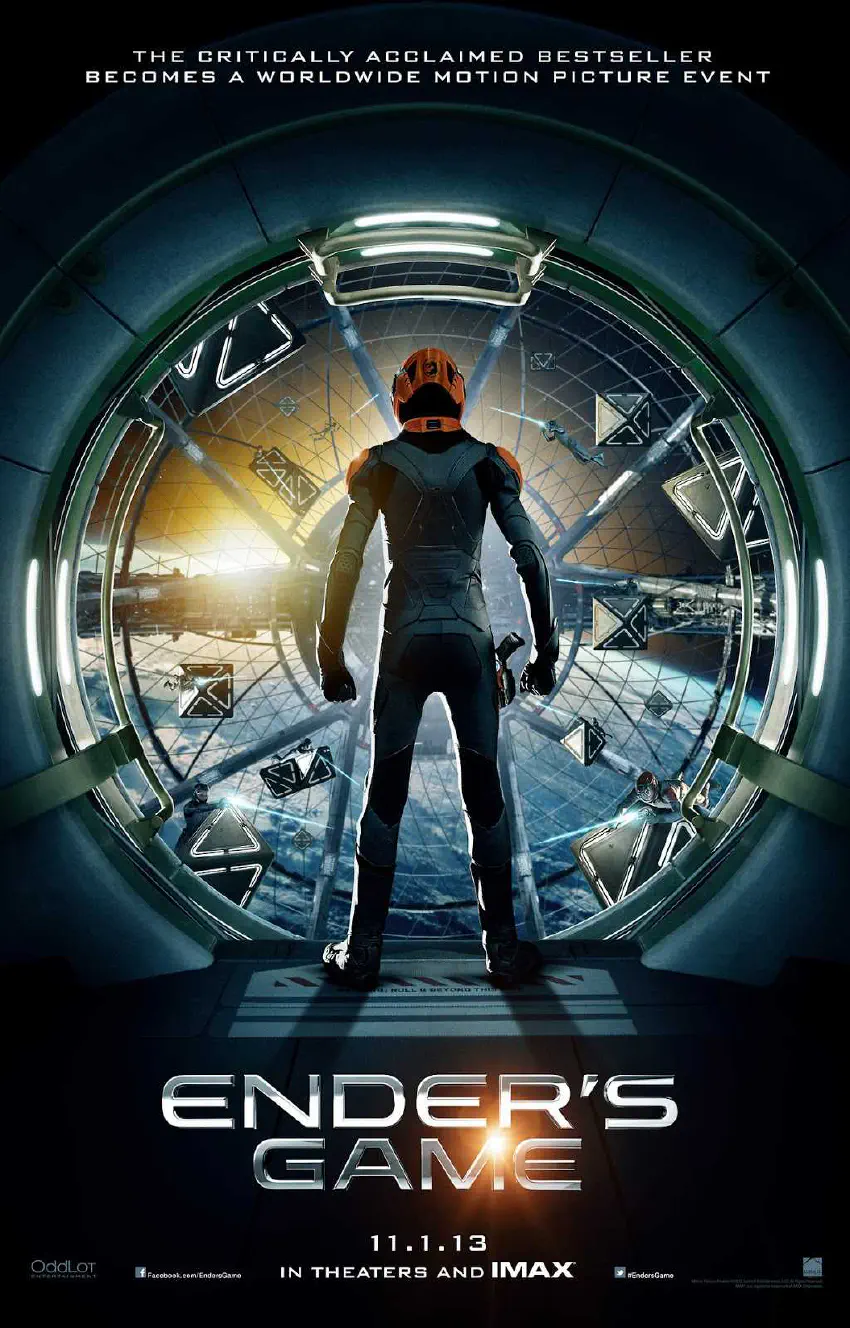Let the Blue Men Drown
After a decade-long hiatus, James Cameron finally graced us with the sequel to his groundbreaking film, Avatar. The original movie exploded into cinemas, sparking a chicken-fly boom in 3D technology that left viewers wide-eyed and open-mouthed. This sequel, however, felt more like a deflated balloon, flapping uselessly in the wind.
I had the dubious pleasure of streaming Avatar: The Way of Water from the comfort of my living room – no 3D glasses, no surround sound, just the glaringly obvious shortcomings of the movie in raw form. In hindsight, I can confidently say that watching this sequel was a near-miss disaster averted. Thankfully, I did not contribute financially to the spectacle of disappointment Cameron managed to engineer.
Before I dive into the review, let’s take a moment to acknowledge the fact that this sequel is part of a five-plus movie arc Cameron has planned. Given the quality of this installment, the prospect of watching another three or more Avatar films seems more like a threat than a promise.
Soup Opera Characters
If charisma were a currency in Pandora, the characters would be flat broke. The returning characters, who were not particularly remarkable to begin with, have now been relegated to the sidelines, their presence about as significant as a background extra in a soap opera. Poor Zoe Saldaña found herself swimming in a pool tank for most of the movie to film scenes that added as much to the plot as a grain of sand does to a beach.
To say the cast list is bloated would be an understatement. There are more characters here than there are stars in the Pandora night sky. Our protagonist, Jake Sully, is now the father of four. The local king has a trio of offspring. There’s a Tarzan kid running around, and the villains consist of a nameless female general and a reborn badass whose character development is as flat as a pizza.
One might argue that having a myriad of characters offers diversity and depth. However, the natives all blend into a single homogeneous blob of blue and green-skinned semi-naked, noseless beings. There’s little to differentiate them, both visually and in terms of personality.
The characters’ arcs, if you can even call them that, are as irrelevant to the plot. These personal dilemmas could have provided much-needed depth to the characters but instead, they feel like misplaced distractions in the grand scheme of the film’s narrative. They started directing a science fiction epic and decided to turn the sequel into a high-budget teen drama instead.
1001 Arabian Nights
The original Avatar, love it or hate it, had a clear theme. It was essentially a reskin of Pocahontas in space – which isn’t necessarily a bad thing. It had a simple, straightforward narrative with a clear message. The sequel, in contrast, lacks such clarity.
The narrative structure resembles a hastily assembled jigsaw puzzle with pieces borrowed from various other boxes. A significant part of the plot is dedicated to characters learning new skills at an implausible pace. If you thought Neo learning Kung Fu in “The Matrix” stretched credulity, prepare to see characters learn to super-swim, fly over dragon-like creatures, and hunt unique monsters at a speed that could give any accelerated learning program a run for its money.
Subplots abound in this sequel, but they are as disconnected from the main narrative as the numerous moons of Pandora. To name a few:
- There’s a storyline about the teenage struggles of acceptance, complete with name-calling and school pranks;
- Then there’s the son trying to prove himself to his father subplot, which echoes ‘The Lion King’ in the most uninspired way possible;
- The peculiar child who can communicate with Pandora’s Mother Nature;
- And the Tarzan kid with daddy issues;
- The Free Willy return;
None provide additional subplots that add as much value to the story as a fifth wheel to a car.
The quantity of subplots is rivaled only by the sheer number of characters, and they collectively contribute as much to the main storyline as a single snowflake to an avalanche. By the end, we are left exactly where we started: the humans have lost a few more expendable troops but still possess a Death Star-sized arsenal. The Na’vi are still in danger, Pandora is still in peril, and we, the audience, are still giving them money.
Cameron seems to have changed the eco-message: exits the unique mineral found on Pandora (a premise uncomfortably close to that of “Dune”), enters a kind of whale oil that cures aging which appears to be a not-so-subtle critique of the pharmaceutical industry. However, this switch in narrative focus feels more like a diversion than a meaningful plot progression, adding another layer of confusion to an already muddled storyline. All this leaves us with the gnawing question: What was the point of all this again?
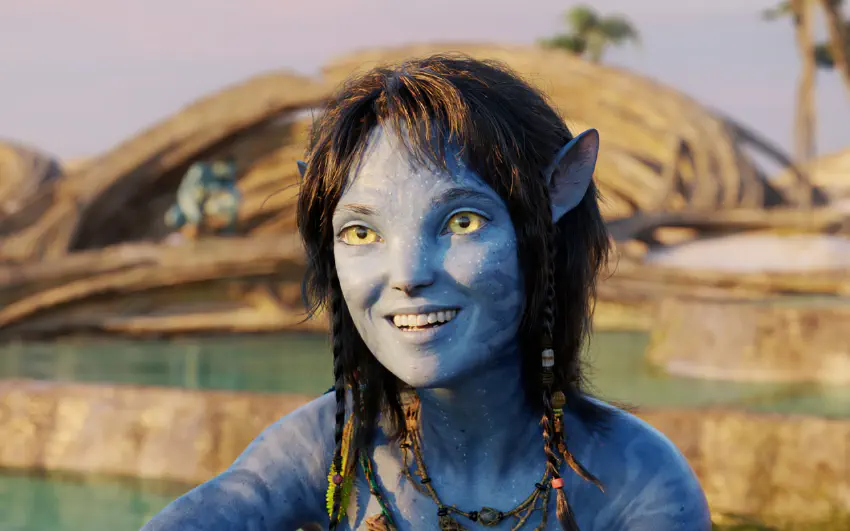
National Geographic
Finally, let’s address the elephant in the room. When the original Avatar debuted, it pioneered a 3D revolution that was expected to redefine cinema. However, in retrospect, this much-touted revolution seems to have been more of a novelty than a lasting paradigm shift. Much like the 3D technology of the first movie, the visuals fail to leave a lasting impression.
While the movie does strive to offer a Discovery Channel portrayal of Pandora, it ultimately falls short. The extended scenes of contemplative wonder lack the punch they’re clearly intended to have. They seem more like a pretentious attempt to make us marvel at the exotic alien world, rather than serving as a seamless part of the narrative.
In comparison to the first film, the sequel’s visual landscape is surprisingly lackluster. The floating islands, teeming with a vibrant palette of colors and a diverse array of flora and fauna, are sorely missed. It’s a regression to blue and whales.
The music and soundtrack are as memorable as a forget-me-not flower left in a dark room. Even though music plays a crucial role in creating the atmosphere and mood of a film, the soundtrack is entirely passable. Can you remember any of the songs? It neither enhances the viewing experience nor leaves a lasting impression. In a movie filled with sound and fury, the music is a whisper that fails to make itself heard.
Finally, The End (For Now)
Avatar: The Way of Water managed to bag four Oscar nominations, a notable drop from the nine nominations the original movie received. It was, unsurprisingly, not a serious contender for Best Picture. It won only one award, in the most obvious and expensive category.
The sequel takes the audience on a journey to nowhere, winding through a maze of confusing subplots and poorly developed characters, only to leave us exactly where we started. Its storyline is so thin that it could probably be summarized in the prologue of the third film, and unfortunately, that is not hyperbole.
Speaking of the third installment, yes, it’s a certainty, with Cameron envisioning a five-movie arc for the Avatar universe. Whether that prospect excites or terrifies you will likely depend on your tolerance for high-budget, low-substance filmmaking.
If you’re seeking the best of James Cameron, I suggest revisiting Terminator 2. If it’s Cameron’s unique blend of storytelling and oceanic exploration that you crave, Titanic is your port of call. And if it’s purely an underwater adventure you desire, look no further than the original The Little Mermaid animation (run from the remake).
In the final analysis, Avatar: The Way of Water feels like a 50-50 blend of computer graphics and marketing buzz, with little of the heart, soul, or storytelling that makes for a memorable cinematic experience. Despite the hype and the high-stakes world-building, it leaves you feeling underwhelmed and more than a little short-changed. One can only hope the subsequent installments have more to offer.











